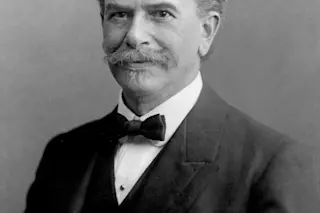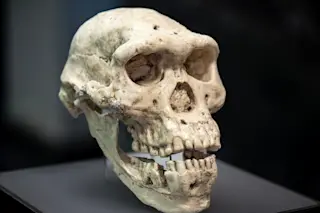Franz Boas is a towering figure in the world of anthropology. An iconoclast and a mentor, Boas is known for using the scientific method to disprove racist theories that had become dominant in the late 1800s and early 1900s. He also profoundly reshaped the field of anthropology, as well as the burgeoning discipline of linguistics.
Beyond his own work, Boas is also just as famous for helping spur a new generation of students, who included such 20th-century literary and intellectual giants as Zora Neale Hurston and Margaret Mead.
Here's what you need to know about the man commonly known as "the father of American anthropology" — and the famous students inspired by his teachings.
Boas was born in Germany in 1848, obtaining a Ph.D. from Kiel University in Germany in physics and geography. A scientific expedition to Baffin Island in Canada in the 1880s inspired him to focus more on ...















